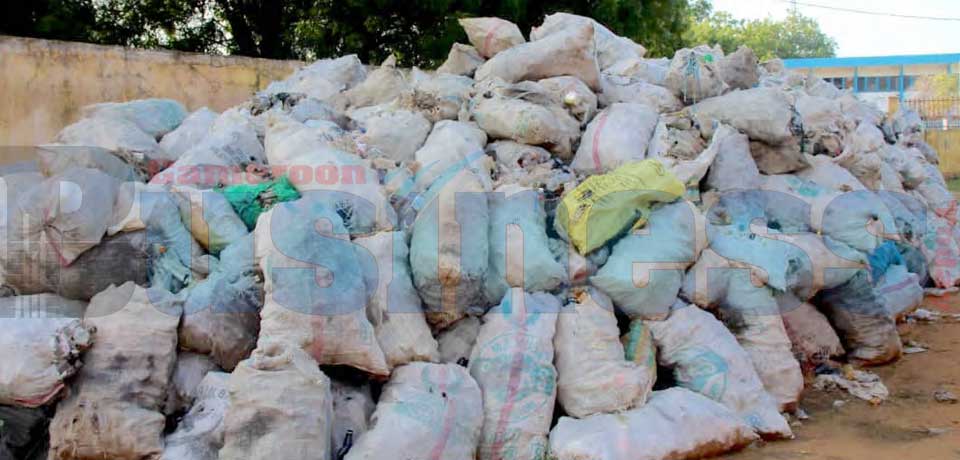Between 2009 and 2016, the Cameroonian food industry recorded about 1,800 new companies as the number grew from 764 to 2,564 within the 10-year period according to figures that were presented in a Cabinet Meeting on March 28, 2019 by the then Minister of Industries, Mines and Technological Development. The dynamism in the food-industry has continued tremendously within the last years as recent statistics from the Ministry of Small and Medium-sized Enterprises, Handicraft and Social Economy indicates. From the 2022 Statistical Year Book of the Small and Medium-sized Enterprises Ministry, food-industry enterprises rose from 19,510 in 2021 to 19,839 in 2022. Thus, a total of 329 food-industry companies were created within one year. From statistical evidence, the food-industry is the most dynamic in the secondary sector of the economy with 19,839 SMEs out of the 63,520 (18.16 per cent). The industrial processing of items such as palm oil, cocoa, tea, maize and sugar strongly developed. Today, the processing of agricultural products represents 28 per cent of the added value of the secondary sector, excluding oil, in Cameroon. However, Cameroon’s industrial fabric remains very unbalanced insofar as 3 per cent of companies produce more than 95 per cent of the added value.
In spite the dynamism demonstrated in the food-industry, it has not been spared by the increasing hike in food prices since the outbreak of the Russia-Ukraine crisis. Generalized inflationary pressure affected food products as it surged by +12.9 per cent in 2022 against 4.3 per cent in 2021 and 3.6 per cent in 2021 as contained in the Report on Cameroon Economy 2022 published in March 2023 by the Ministry of the Economy. The report says, compared to 2021, the secondary sector was expected to slow down (+0.6 per cent against +3.2 per cent in 2021). The level of inflation induced by the significant rise in main commodities and sea freight prices has largely influenced this situation. The slowdown could have been more severe in the agro-food industries (+2.9 per cent compared to +5.2 per cent in 2021), where operators were faced with a significant rise in wheat prices and supply difficulties, due to the disruption of logistical chains. However, this subsector has remained resi...

















Commentaires